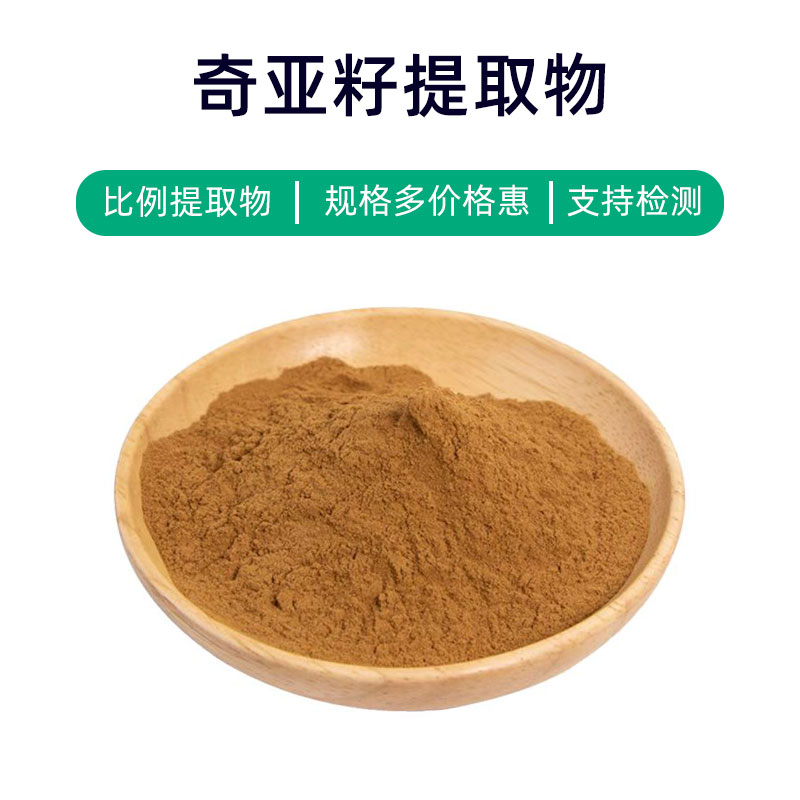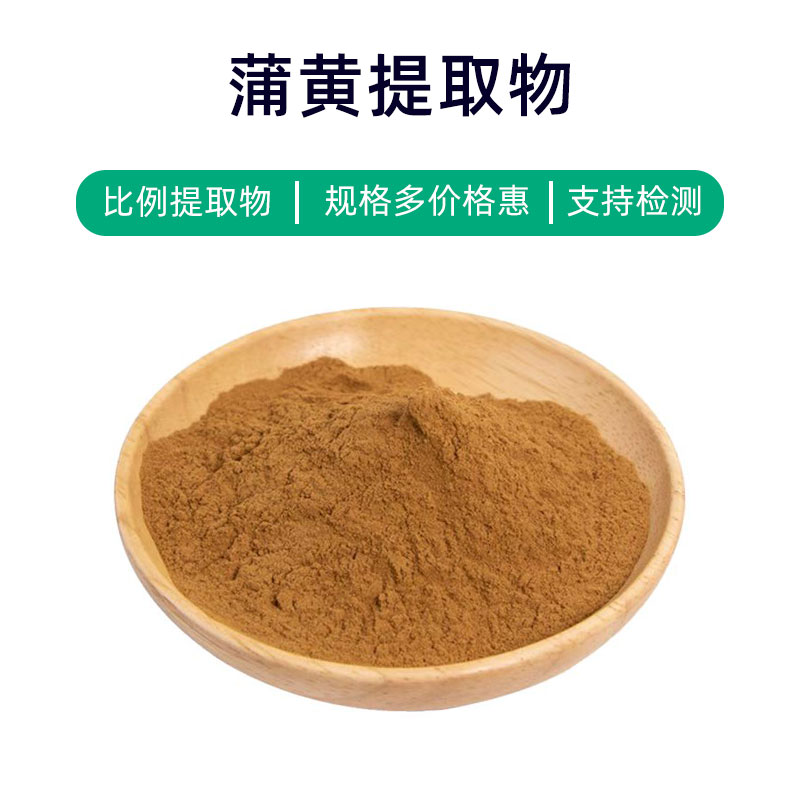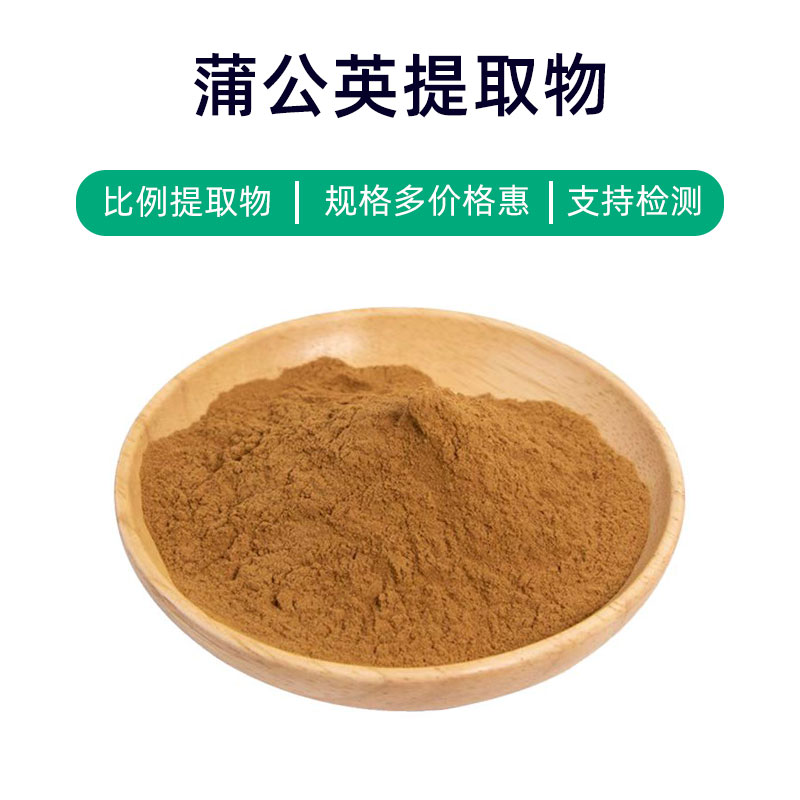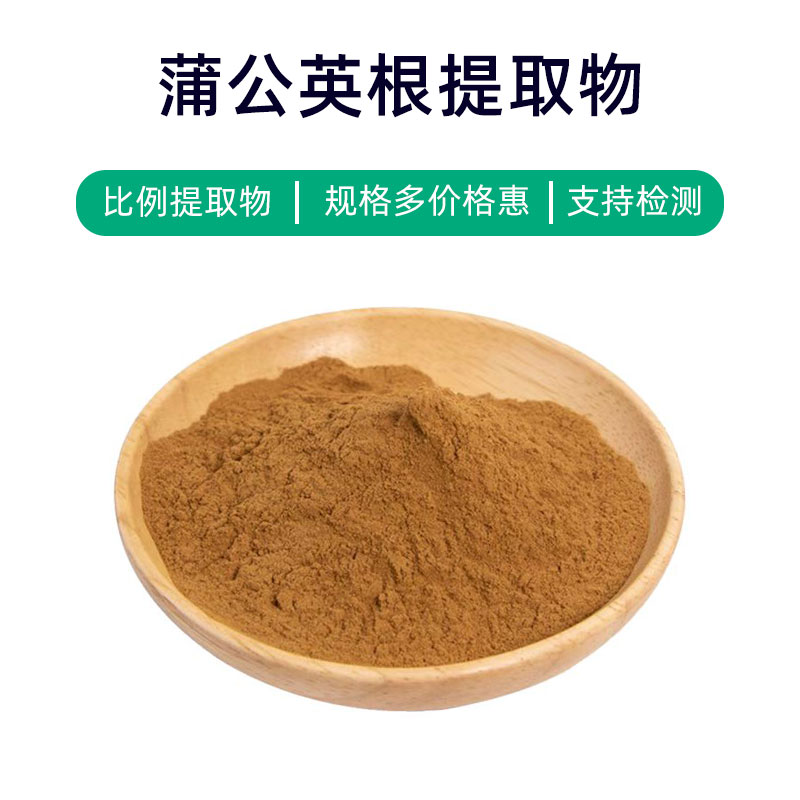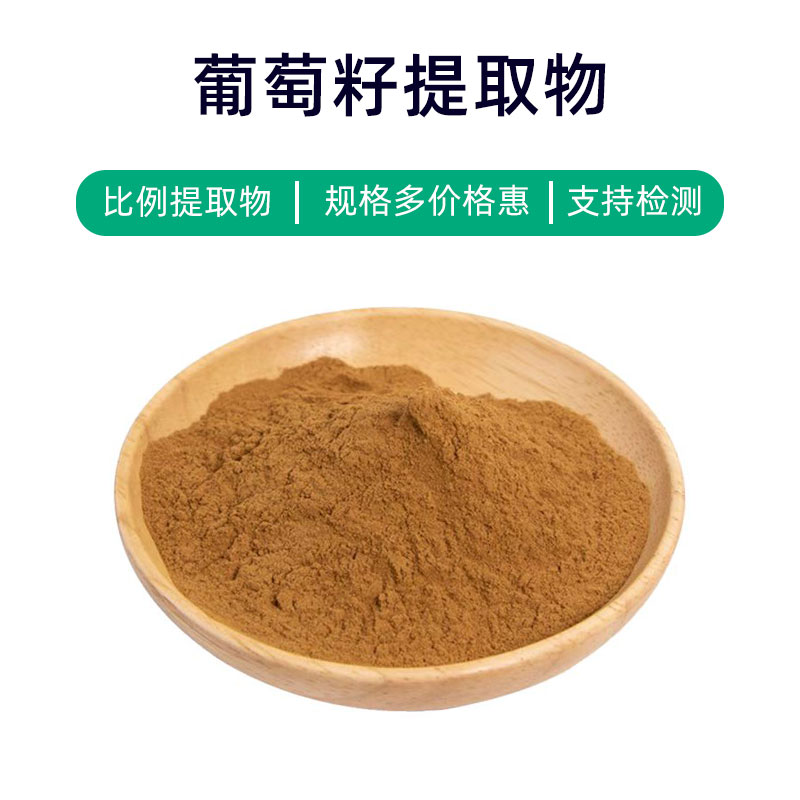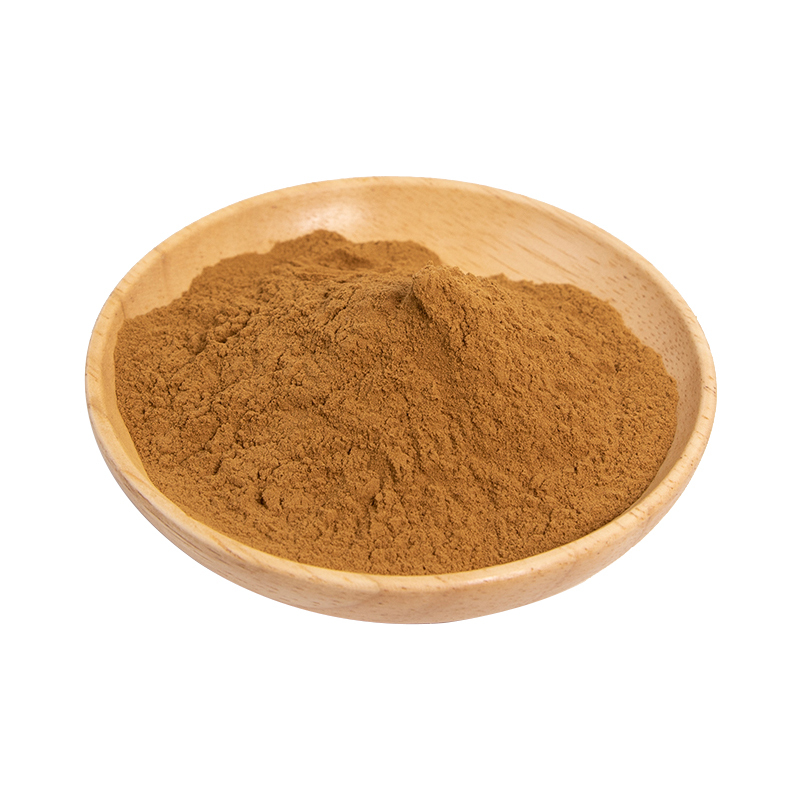Licorice Extract Product Introduction
Licorice extract is a natural plant extract derived from the roots of licorice, primarily consisting of active ingredients like glycyrrhizic acid, glycyrrhizin, and liquiritin, which confer various benefits and applications.
Licorice extract is extensively utilized in the fields of medicine, food, and cosmetics. Its primary effects and applications include:
- Anti-inflammatory Effects: Licorice extract contains glycyrrhizic acid and other compounds that exhibit significant anti-inflammatory properties, alleviating inflammation and swelling.
- Analgesic Effects: Licorice extract is used to relieve pain symptoms such as headaches and toothaches, providing certain analgesic effects.
- Antibacterial Properties: Licorice extract possesses antibacterial properties, useful for preventing and alleviating infections and inflammation in the mouth and throat.
- Skin Whitening Effects: The glycyrrhizin in licorice extract inhibits melanin formation, making it beneficial for whitening and fading spots.
- Moisturizing Effects: Licorice extract effectively moisturizes and hydrates skin, making it ideal for skincare products that promote hydration and smoothness.
In summary, licorice extract is a multifunctional natural plant extract with various benefits including anti-inflammatory, analgesic, antibacterial, whitening, and moisturizing effects, widely recognized and applied in pharmaceuticals, cosmetics, and personal care products.
Licorice Extract Production Process
The production process of licorice extract typically includes the following main steps:
- Raw Material Collection and Preparation: Fresh, dried licorice roots are selected as raw materials, impurities and surface dirt are removed, followed by crushing or slicing to enhance extraction efficiency.
- Soaking and Extraction: The processed licorice roots are placed in extraction equipment, mixed with an appropriate solvent (such as water or ethanol) to soak. The soaking time, temperature, and solvent concentration should be controlled according to the process requirements to fully extract the active ingredients from the licorice roots.
- Filtration and Concentration: The soaked liquid is filtered to remove solid impurities, then concentrated to remove most of the water, yielding a concentrated solution.
- Precipitation and Separation: The concentrated solution undergoes appropriate treatment for precipitation and separation, removing insoluble substances and impurities.
- Refining: The separated extraction liquid is refined using various techniques to eliminate remaining solvents and impurities, enhancing the purity of the extract.
- Drying: The refined extract is dried, typically using spray drying or vacuum drying methods, converting it into a powdered form.
- Quality Inspection and Packaging: The dried licorice extract undergoes quality testing, including appearance, ingredient concentration, and microbial indicators, to ensure compliance with product standards. Finally, compliant extracts are packaged using sealed materials to ensure quality and shelf life.
This outlines the general production process of licorice extract, where stringent control of operational conditions and parameters is necessary to meet quality and purity standards and comply with relevant production regulations.
Licorice Extract Effects and Side Effects
Licorice extract is a commonly used natural plant extract with various effects and benefits, primarily including the following aspects:
- Anti-inflammatory Effects: Compounds like glycyrrhizic acid and glycyrrhizin in licorice extract exhibit significant anti-inflammatory properties, easing discomfort and swelling caused by inflammation, particularly in conditions like skin inflammation and pharyngitis.
- Analgesic Effects: Licorice extract is widely used to relieve pain symptoms like headaches and toothaches. Its analgesic action primarily works by inhibiting the release of inflammatory mediators and the excitability of neurons, thereby reducing pain perception.
- Antibacterial Properties: Licorice extract has certain antibacterial activities against various bacteria and fungi, useful for preventing and alleviating infections and inflammation in the mouth and throat.
- Antioxidant Effects: Rich in antioxidants like glycyrrhizin and flavonoids, licorice extract can neutralize free radicals in the body, slowing down cellular oxidative damage and mitigating aging.
- Immune Regulation: Licorice extract exhibits immune-regulating properties, enhancing the body's immune response and resistance, assisting in the prevention of colds and bronchitis.
- Anti-allergic Effects: The active components of licorice extract can inhibit allergic reactions, alleviating symptoms like rhinitis and skin allergies.
- Skin Care Effects: Licorice extract offers good skincare benefits, moisturizing and hydrating the skin, reducing dryness and wrinkles, and promoting skin repair and regeneration.
- Digestive Regulation: Licorice extract offers protective effects on the gastrointestinal tract, promoting the repair and regeneration of the intestinal mucosa, alleviating gastrointestinal discomforts like indigestion and gastric ulcers.
Despite many benefits, caution should be taken regarding potential side effects when using licorice extract. Prolonged or excessive use may lead to increased blood pressure, water-sodium retention, potassium imbalance, and even liver damage. Therefore, it is advised to follow medical guidance, avoid overuse, and monitor for allergic reactions and adverse effects.
Licorice Extract Application Scenarios and Dosage
Licorice extract has widespread applications in medicine, food, and cosmetics. The following focuses on its specific applications, dosages, and methods in these fields:
- Medical Applications:
- Treatment of Digestive System Disorders: Licorice extract is used to treat digestive issues like gastric ulcers, gastritis, and indigestion. The typical dosage is to prepare a licorice oral formulation, usually 5-10 grams per dose, taken 2-3 times daily, but dosage adjustments should be made according to medical advice.
- Respiratory System Treatment: Licorice extract has cough-soothing and expectorant effects, commonly used for treating bronchitis and pharyngitis. It can be consumed orally, inhaled, or applied topically, with specific dosages requiring medical guidance.
- Skin Disease Treatment: With its anti-inflammatory and anti-allergic properties, licorice extract is effective for treating eczema and dermatitis. Generally, topical formulations containing licorice extract can be applied 1-3 times daily, with frequency and dosage adjusted based on condition.
- Food Applications:
- Flavoring Agent: Licorice extract is used as a food flavoring, imparting unique sweetness and aroma. Typically used at 0.1-0.5% of the total food weight, specific amounts may vary by food type and flavor profile.
- Functional Foods: Containing various bioactive components, licorice extract is used in producing functional foods like antioxidant beverages and health teas. Dosage generally depends on the content of functional ingredients, typically not exceeding 5% in product formulations.
- Cosmetic Applications:
- Skincare Products: Used for its moisturizing, anti-inflammatory, and whitening properties, licorice extract is common in skincare products such as masks, lotions, and creams. The typical concentration is 1-5% in formulations, with specific amounts adjusted based on product efficacy and formulation.
- Oral Care Products: With its antibacterial and anti-inflammatory effects, licorice extract is present in oral care products like toothpaste and mouthwash, with usual concentrations ranging between 0.1% and 1%.
In all of the above scenarios, the dosage and usage of licorice extract should be adjusted based on specific product formulation requirements, efficacy targets, and regulatory standards, while adhering to relevant regulations and safety standards to ensure product quality and safety.
Licorice Extract Source Plant Introduction, Distribution, and Growth Environment
The source plant for licorice extract is licorice (scientific name: Glycyrrhiza), a perennial herb belonging to the Fabaceae family, known for its medicinal and edible value.
Licorice is primarily distributed across Asia, Europe, and North America, mainly thriving in temperate and subtropical regions along riverbanks, grasslands, and slopes. Licorice prefers sunny, loose, well-drained soil environments, showing adaptability to various soil types with a pH of 5.5-8.5, but it does not thrive in highly saline-alkaline or waterlogged areas. The plants typically reach heights of about 30-120 cm, with a root system that extends several meters deep, allowing them to survive in arid conditions; their long growth period results in roots rich in medicinal components.
Licorice is a drought-resistant plant with strong adaptability and a long growing season, generally sprouting in spring and maturing in fall. During growth, it typically requires ample sunlight and adequate moisture, but it is sensitive to cold and frost damage.
As an important medicinal plant, its roots are rich in glycyrrhizin, glycyrrhizic acid, and licorice saponins, widely used in traditional Chinese medicine, pharmaceutical preparations, and as food additives. Its roots, rhizomes, and root bark all possess medicinal value, making it a significant ingredient in traditional medicine and a natural drug resource. Due to its rich active ingredients and widespread growth, licorice is valued globally, and it has been cultivated to meet commercial demands, especially in regions like China, Iran, and Turkey, where licorice farming is significant, becoming one of the major economic crops.
Licorice Extract Processing and Storage
The processing of licorice extract typically includes several steps: first, licorice is pre-processed, including washing and slicing, followed by soaking or extraction to obtain the licorice extract; then, through filtration, concentration, and refining processes, impurities and solvents are removed to enhance the purity of the extract; finally, the extract undergoes drying to produce a powdered final product. During storage, licorice extract should be kept in a cool, dry place, away from direct sunlight and high temperatures, avoiding moisture, and sealed to extend its shelf life.
Monica Sun is a seasoned expert in the plant extraction industry with over a decade of experience in research and production. She specializes in the extraction and purification of plant active ingredients, focusing on driving innovation in natural product applications. Monica has participated in the development of multiple functional plant extracts, delivering high-value natural raw material solutions for the health food, pharmaceutical, and dietary supplement sectors.









